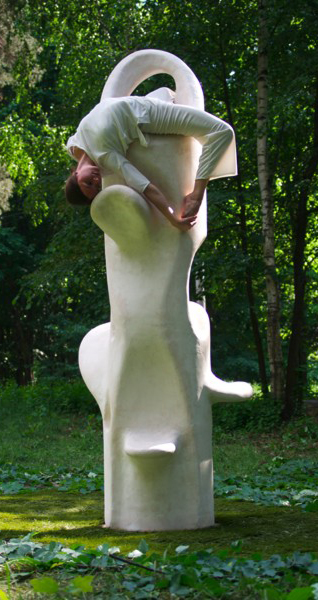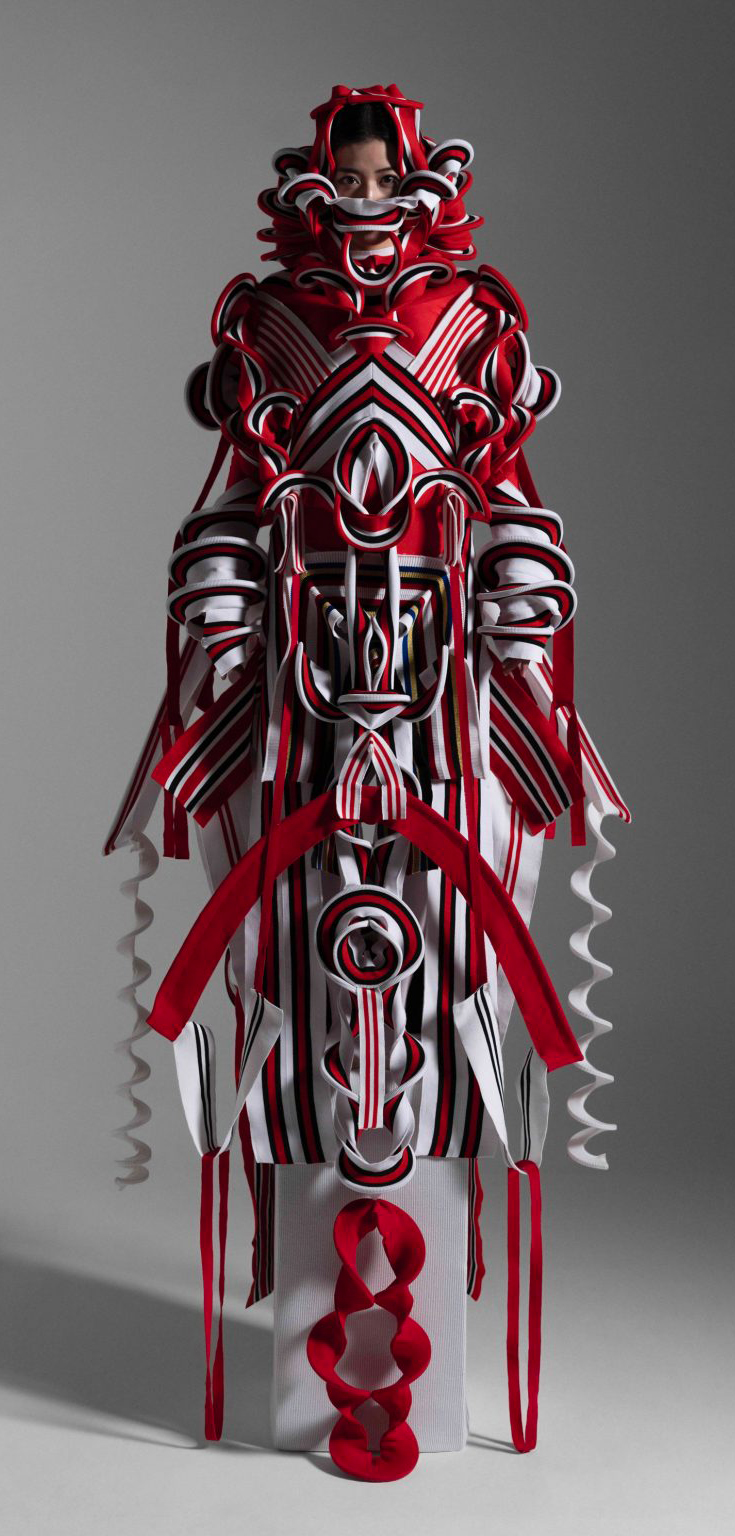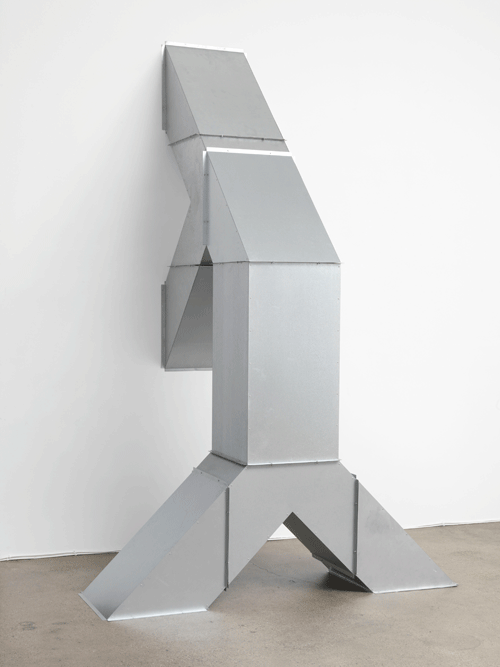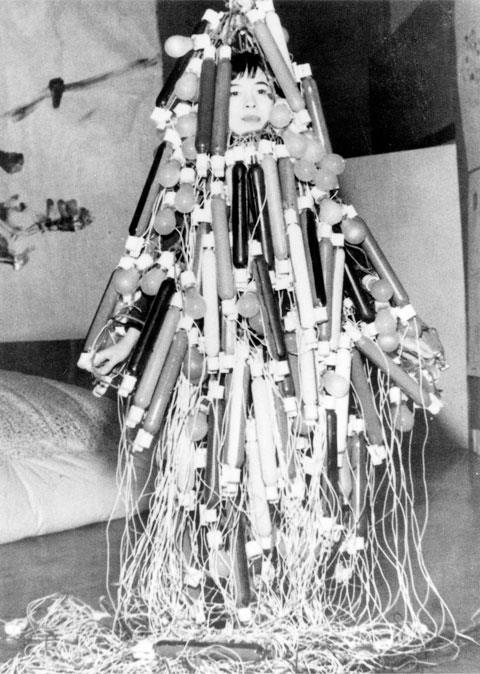
Eve Bailey
ИВ БЭЙЛИ
ENTASIS DANCE IV
My work is based on the concepts of balance and coordination. The body interests me as a perceiving mechanical structure. I use my own body as a primary tool to create pieces that experiment with equilibrium through physical, mechanical, plastic and conceptual means. My studio practice is rooted in the tradition of the artist engineer. I design and build suspended and pendular constructions that can sustain their own weight and mine as I perform with them. By climbing and inverting on the structures, I challenge my own perception and creative process.






